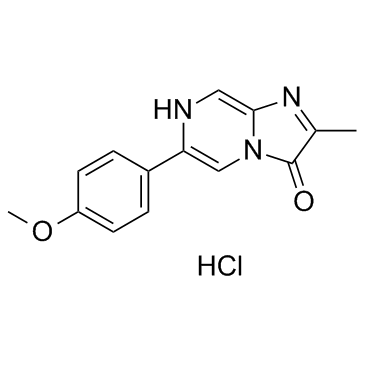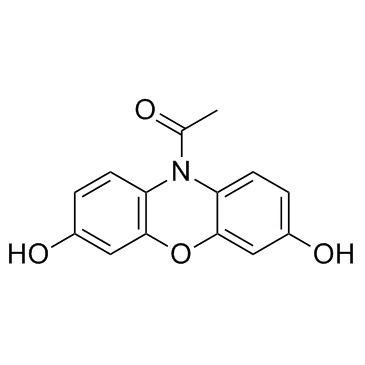| Structure | Name/CAS No. | Articles |
|---|---|---|
 |
MCLA hydrochloride
CAS:128322-44-1 |
|
 |
Dihydrorhodamine 123
CAS:109244-58-8 |
|
 |
Ampliflu Red
CAS:119171-73-2 |